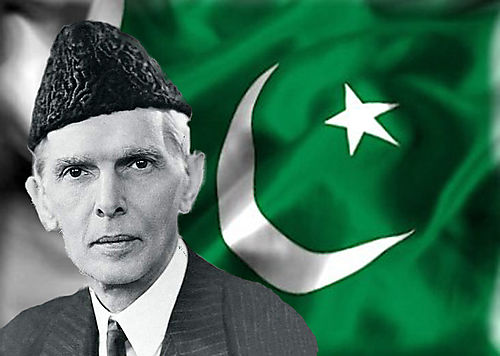Dear readers! Our deep love and reverence for the Islamic Republic of Pakistan is a cherished national asset and unshakeable. However, during this month of independence, let us confront the bitter truth that, from the creation of Pakistan until now, our overall system of state and government has proven to be disastrous.
The internal political turmoil, exacerbated by our own actions and foreign interference, led to the partition of united Pakistan and the creation of Bangladesh, and has resulted in today’s unstable and distressed Pakistan. The open secret of public welfare and the development process of nations—and a million-dollar tip for the deprived and oppressed public in Pakistan, as well as the oligarchy (mafia rule) that boldly controls the state—is that by asking the right questions with serious, logical, and broad thinking, one can diagnose and treat complex problems. This fact is proven by numerous data-oriented and detailed case studies on the most successful and unsuccessful nations, found in the research literature of development science and the disciplines of government and politics. However, one of the most bitter and historic truths after the creation of Pakistan is that our developmental projects and the state’s governmental and political systems and management were never truly connected to the required applied sciences.
In this major negligence, the malintent and incompetence of governments have been almost equally responsible, as proven in every specific case. It is clear and easily understandable to every Pakistani citizen with basic political awareness that India has become a model of political and economic stability in the developing world.
The narrative and image of India and Pakistan’s current situation, shaped by global and domestic stakeholders, is that if both countries gained independence simultaneously, how did such a large gap in political and economic stability arise? Especially when, within the first two and a half decades, Pakistan had surpassed India in many sectors.
Today, in the distressed condition of Pakistan and the “internal political and economic stability” of our large neighbor, the complete and correct answer to this question, recognized by Islamic countries, analysts worldwide, and well-wishers of both Pakistan and India, is singular: “India adhered to its state constitution from the very beginning, while Pakistan has been entangled in constitutional crises in every era. Despite all its internal and external flaws and crookedness, India is proud of its adherence to the constitution, while every Pakistani now understands this entire game and is distressed. Even though the correct answer is now common knowledge, every Pakistani is troubled and helpless, wondering why our constitution, which was also consensual, aligned with Pakistan’s objectives, and established and implemented half a century ago, has not brought the desired outcomes.”
Every Pakistani now knows what happened, when, and how the constitution was undermined. The slightly deeper and more knowledgeable point is that India entrusted the monumental task of constitution-making to the most knowledgeable Indian figure on the subject, Dr. B.R. Ambedkar, immediately after gaining independence. The Indian oligarchy, led by the “top Brahmin lobby,” accepted Dr. Ambedkar’s Dalit (untouchable) identity and appointed him as the Minister of Law and Parliamentary Affairs in the first cabinet.
Dr. Ambedkar’s father was a watchman in the state of Baroda, ruled by the Maharaja. “Babasaheb” (a title given to Dr. Ambedkar by the Dalit community) earned a Ph.D. in Political Science from Columbia University in the U.S. and later became a Barrister-at-Law from the London School of Economics and Gray’s Inn. Upon returning to India, the Maharaja of Baroda appointed him as his Military Secretary (Chief Security Officer). However, due to issues of housing and disrespect from subordinates, he left the job and turned to teaching. During his brief employment, he lived in a small quarter with his father.
Later, when his extremely important semi-political role as India’s most educated law and politics expert became evident, the Brahmins did everything they could to suppress him. The treatment of this secular democratic India’s true founder by the high-caste Brahmins until the partition of India is a painful story. However, the Indian Brahmin oligarchy, which has been the real ruler of India since day one (after independence), recognized Dr. Ambedkar’s worth. When a great historical need arose, they immediately accepted his Dalit identity, using him to draft the world’s most detailed and smart constitution, which would project the secular identity of the new state to the world while maintaining caste distinctions. They wasted no time in appointing Babasaheb as the Chairman of the Constitution Drafting Committee along with his ministerial post. The truth is that almost all the essential work of drafting the consequential Indian constitution was done by Dr. Ambedkar, and it was implemented on November 26, 1949.
At the same time, the Brahmin oligarchy not only blocked Dr. Ambedkar from advancing in national politics but also began placing obstacles in his path. This is another painful chapter in the history of modern secular India, driven by caste dominance. The biggest evidence of this is that Dr. Ambedkar, disheartened, left Hinduism and converted to Buddhism before his death. Following his example, millions of Indian Dalits began converting to Buddhism, but the oligarchy intervened, creating another dark chapter in modern Indian history. However, the constitution drafted by Ambedkar, and its significant implementation and enforcement, became the guarantee of India’s political stability and a shock absorber for handling any crisis.




